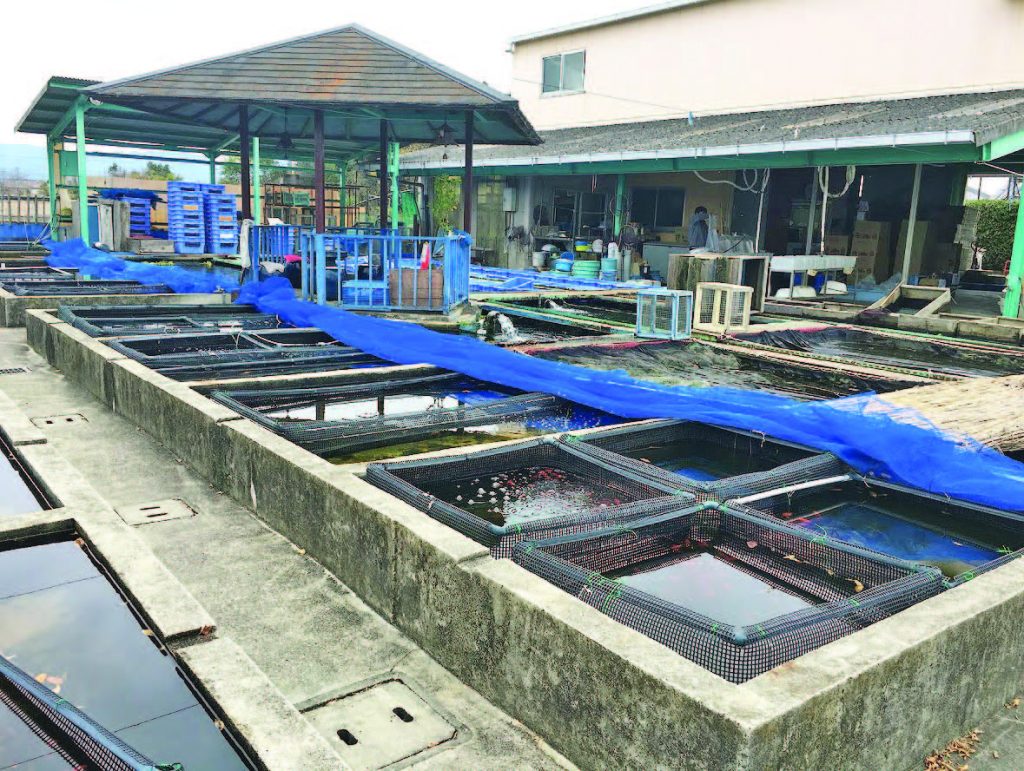My son Aaron was not the traveler type but had always been fascinated by Japan, which was why my wife Suzie and I decided to visit the country during the Yuletide season, together with our two children. I always had a soft spot for scenic spots, which was why we chose Osaka in Japan.

We all had different ideas about what to do, such as eat good food in Dontonbori, have fun at Universal Studios, and spend some time in the beautiful parks. I, on the other hand, was looking forward to look at animals.
China and Thailand are currently popular because of their goldfish, but the real history of this particular fish originates in Japan. Interestingly, when I surfed the internet for goldfish farms, I did not get as much information as expected. The only place in Japan I could find was the goldfish museum in Koriyama, and its reviews were not favorable.
I began to contemplate visiting the Osaka Fish Museum instead as it was supposedly one of the largest in the world. I had been to Asian and European fish museums but found them all similar, except perhaps for their architectural designs. Besides, fish museums are mostly of saltwater fishes, while I was more into the freshwater tropical variety.
Pleasant discovery
Our schedules for Osaka were quite full and I did not request to add Koriyama to our itinerary but deep inside me, I still wanted to visit. On our second day, we had to cancel plans after Suzie got a headache. God found His way and I immediately planned to visit Koriyama instead. My daughter and I took the subway train, which took less than an hour.
Yamatokõriyama was found in Nara Prefecture, Japan. We walked for another 15 to 25 minutes, with Google maps leading the way.

The walk towards the farm was wonderful. The neighborhood was quiet and clean. The houses in Koriyama were small, yet most had small zen gardens. The cold weather made the walk uniquely Japan.
As Google maps told us we were near the destination, I got quite anxious since there were no signs of the place. Then, immediately after a corner, there was a wide open space with large ponds. I was confused because there were no fishes there. I did see a pond with common goldfish, but they were really red in color. The water in the pond was still, and so were the fish. As I approached, it seemed the pond was frozen solid.
Suddenly, some of the fishes slowly moved. I realized that they were in some state of semi-hibernation. It was about 8 degrees Centigrade at the time.
Museum sightseeing
The first sight that welcomed us was a goldfish history room. It had old photos, art, written history, and preserved goldfish.

There was a partially open area with gallery tanks about 75 roomgallons each in size, arranged in a semicircle. Each tank had a photo of the goldfish they contained, together with a short description. Most of the fishes were not healthy, and were either sick or thin. The equipment was conventional, such as aquarium glass tanks, overhead filters, and pebbles as substrate.
At the center was a monument of the founder, surrounded by plants and flowers.
Ponds, farms and other finds
The ponds were made of concrete, but there were some blue plastic tubs also present. I was fascinated by the coloration of the red goldfishes for they were really intense.

Beside the selling section was the off-limits packing area. A small place sold different goldfish art items as souvenirs.
There was a section for breeding and quarantine, too. The farm owner lived at the back of the area. Sadly, the famous goldfish photo booth was no longer available.
Great expectations
Going back to our hotel, I felt both happy and sad: sad, because I could feel that the founder’s vision was not sustained; happy, because I learned a lot and was inspired to jumpstart my own goldfish place. My idea was to have a mix of the old-fashioned goldfish with my modern fiberglass designs.
I stay hopeful that the keepers of the fish farm would restore the place and improve it so that it was in keeping with the founder’s vision.
This appeared in Animal Scene magazine’s March 2019 issue.






